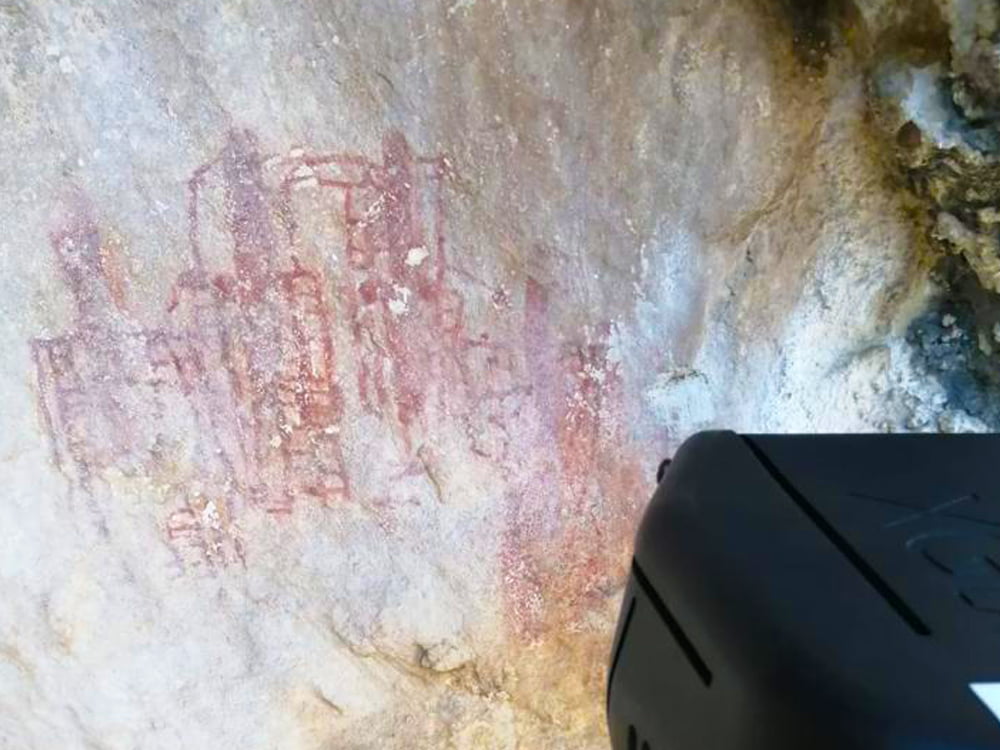We would like to point out an important novelty as regards Abruzzo and beyond: the first results of the Maiella Rock Art Project, the scientific research project sponsored by the Maiella National Park for the study of the rock art of the Madre mountain; here are concentrated some of the most important evidence of human evolution in a mountain environment. Through the study of the archaeological finds recovered in the protected area over the last sixty years, mostly bones of slaughtered animals and artefacts of various shapes, it has been possible to obtain a lot of information on the prehistory of this area. However, among the most interesting and least studied documents of the region, there is the post glacial rock art which with its stylized images, engraved and painted in red or black, provides some interesting clues about the life of our ancient ancestors in late prehistory. and find affinities in the Mediterranean area with the painted schematic art of the Spanish Levant and the French Midi.
The new research was carried out with X-ray fluorescence, non-invasive material analysis and radiometric dating of the prehistoric pigments of caves and shelters. The first research campaign, which lasted 3 weeks and just ended, made it possible to analyze about a third of the sites currently surveyed which, in their entirety, constitute the largest rock art archive in Apennine Italy. Furthermore, during this mission, unprecedented in Italy, it was possible to determine the presence of residual carbon deposits within the painted surfaces, which are essential for performing radiocarbon dating of rock paintings. After research on the prehistoric site of the Giumentina Valley (610 years ago), the Maiella National Park is therefore confirmed, also with its decorated caves, as a precious archive of information for the study of human colonization of the Apennines in prehistoric times and a reference partner for the development of highly specialized international research programmes.
The very first results of the research were the subject of a communication at the XXVIII Valcamonica Symposium “ROCK-ART, A HUMAN HERITAGE”, Capo di Ponte (BS) 28-31
Source: www.parcomajella.it


